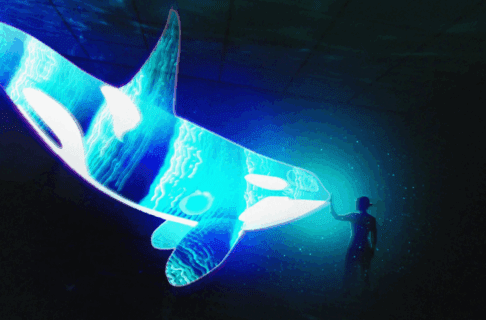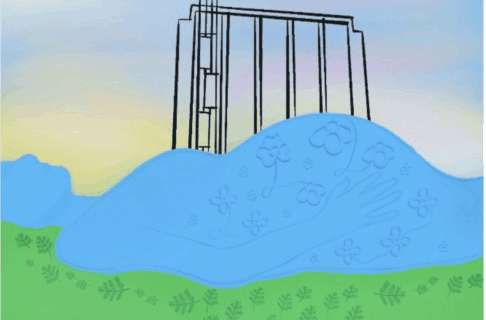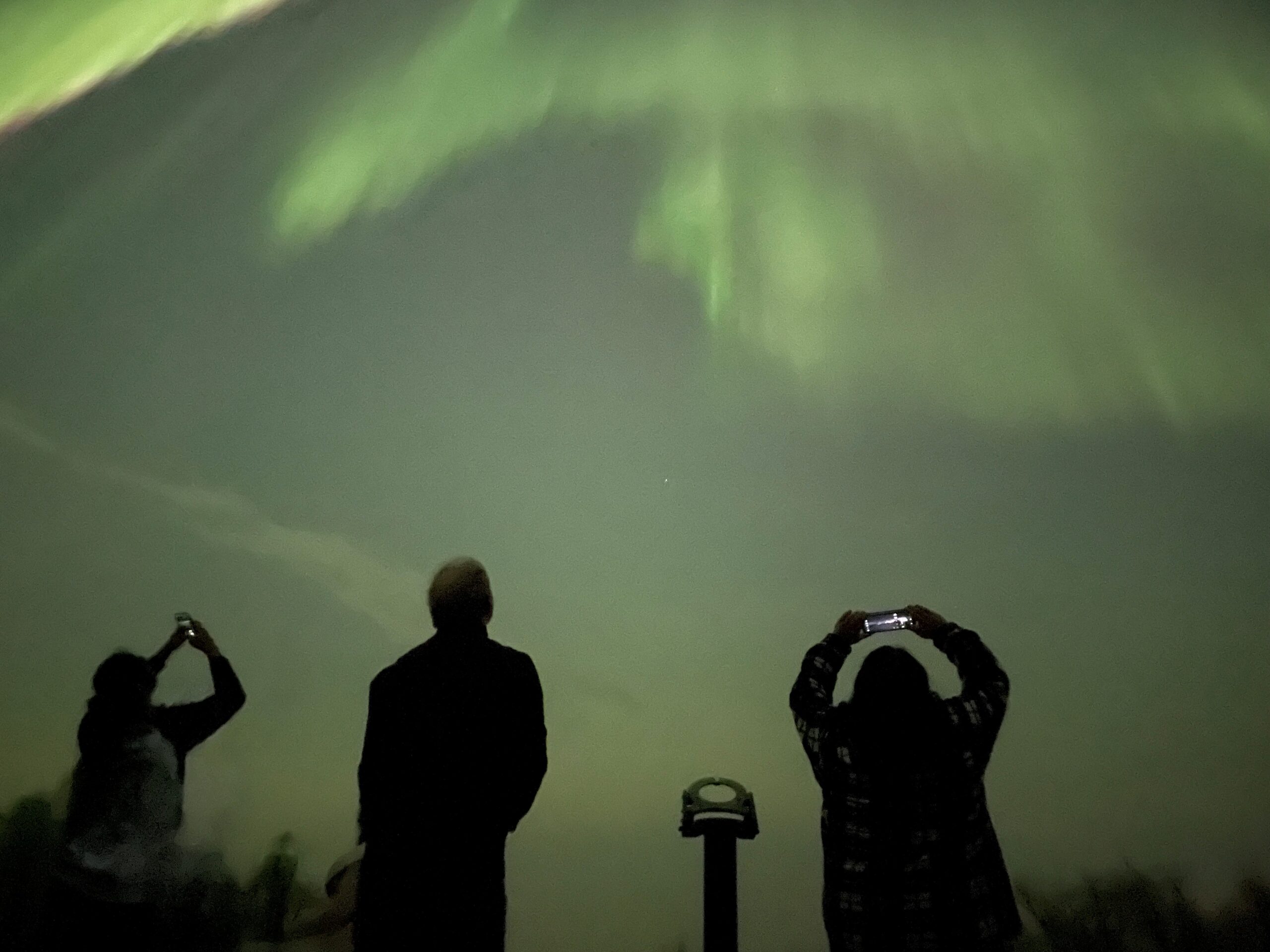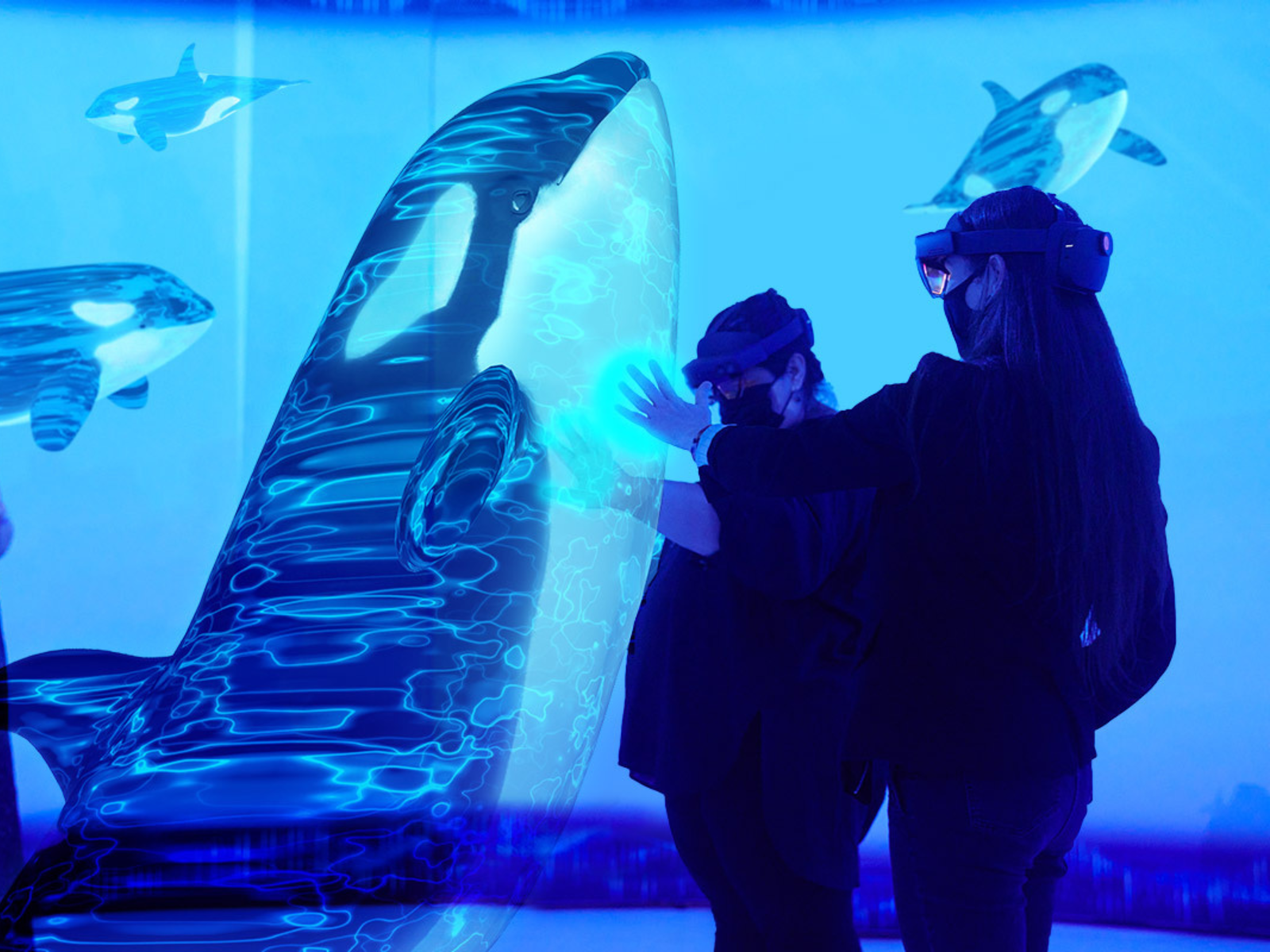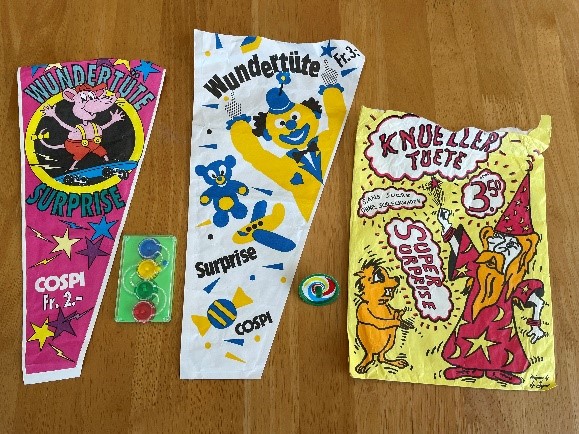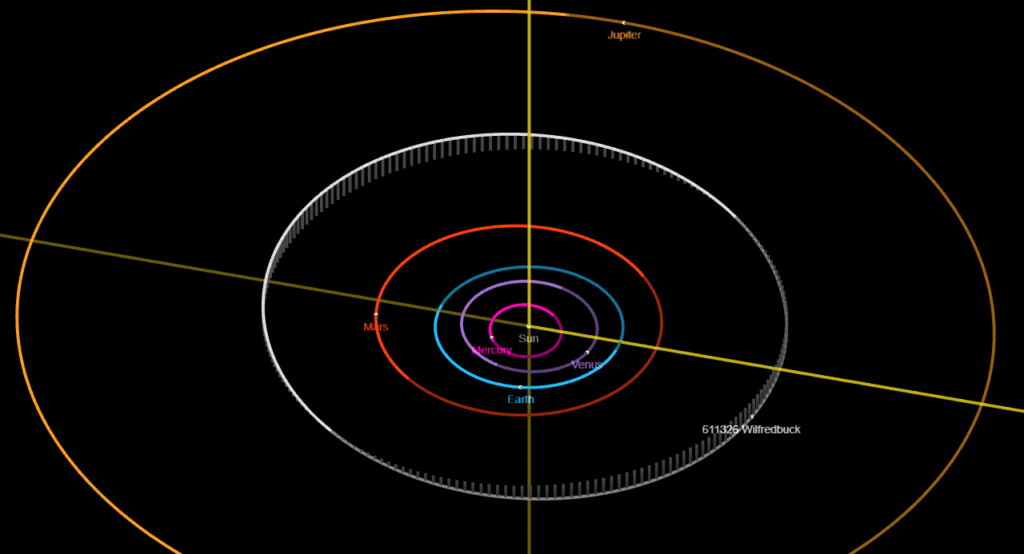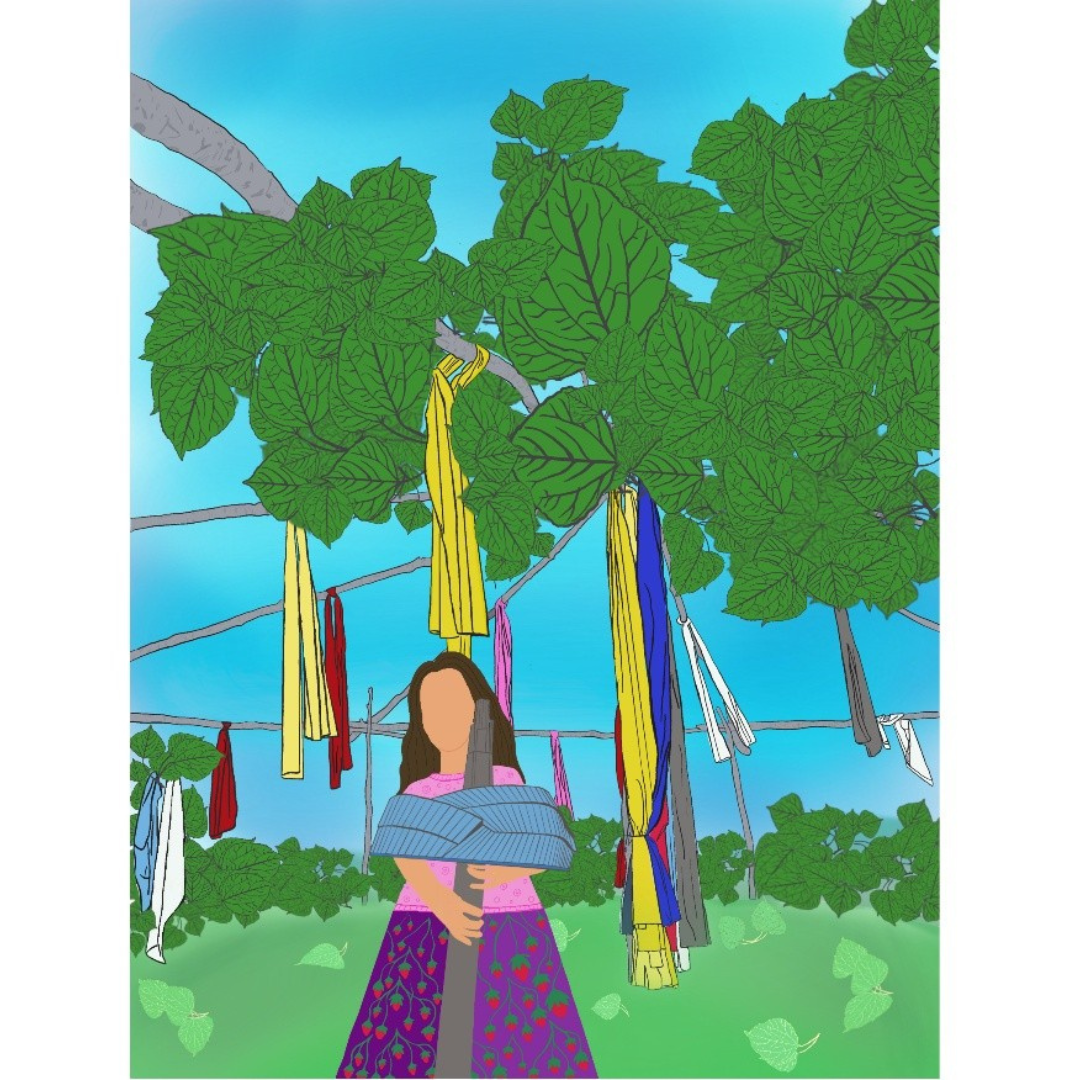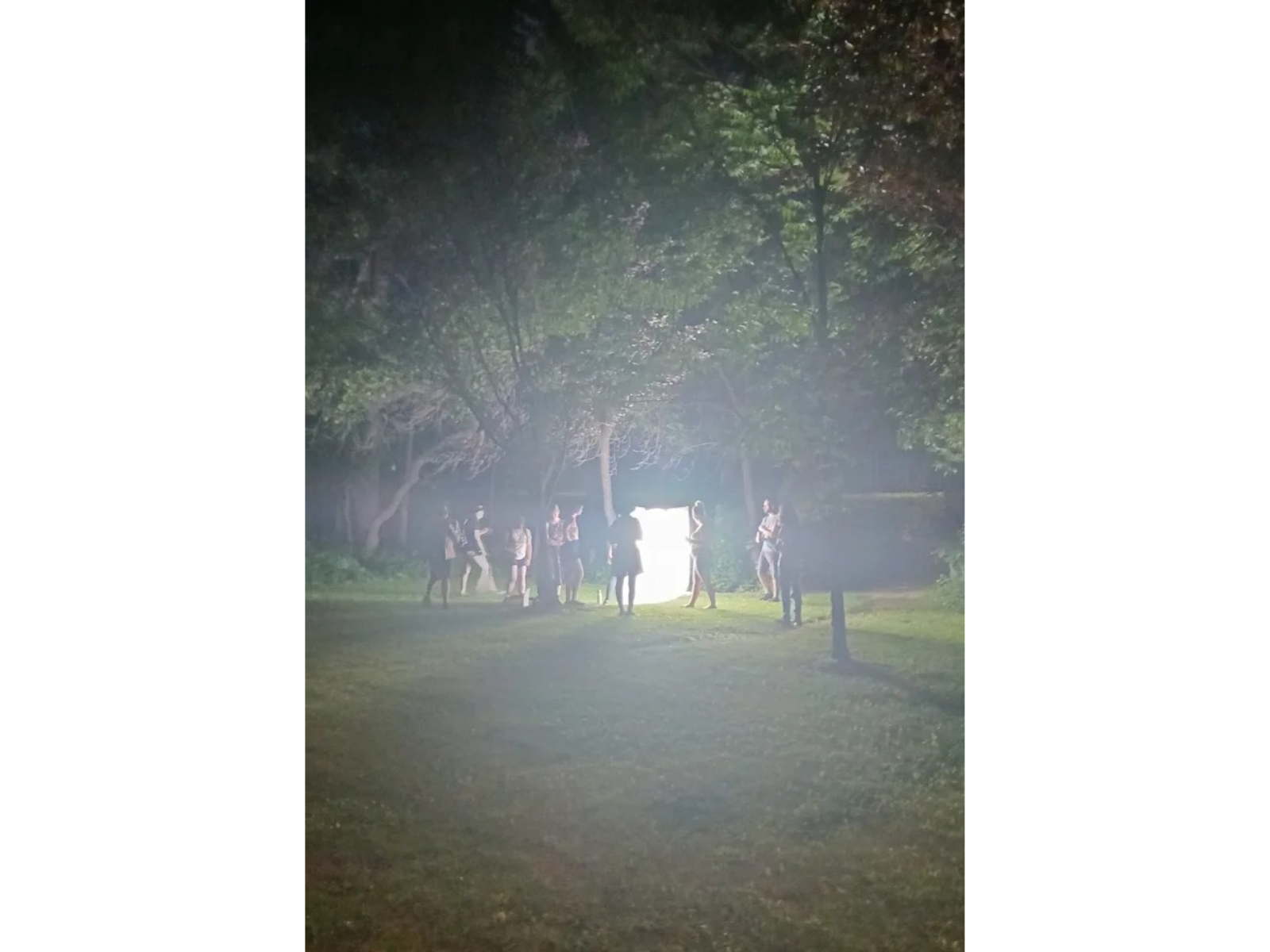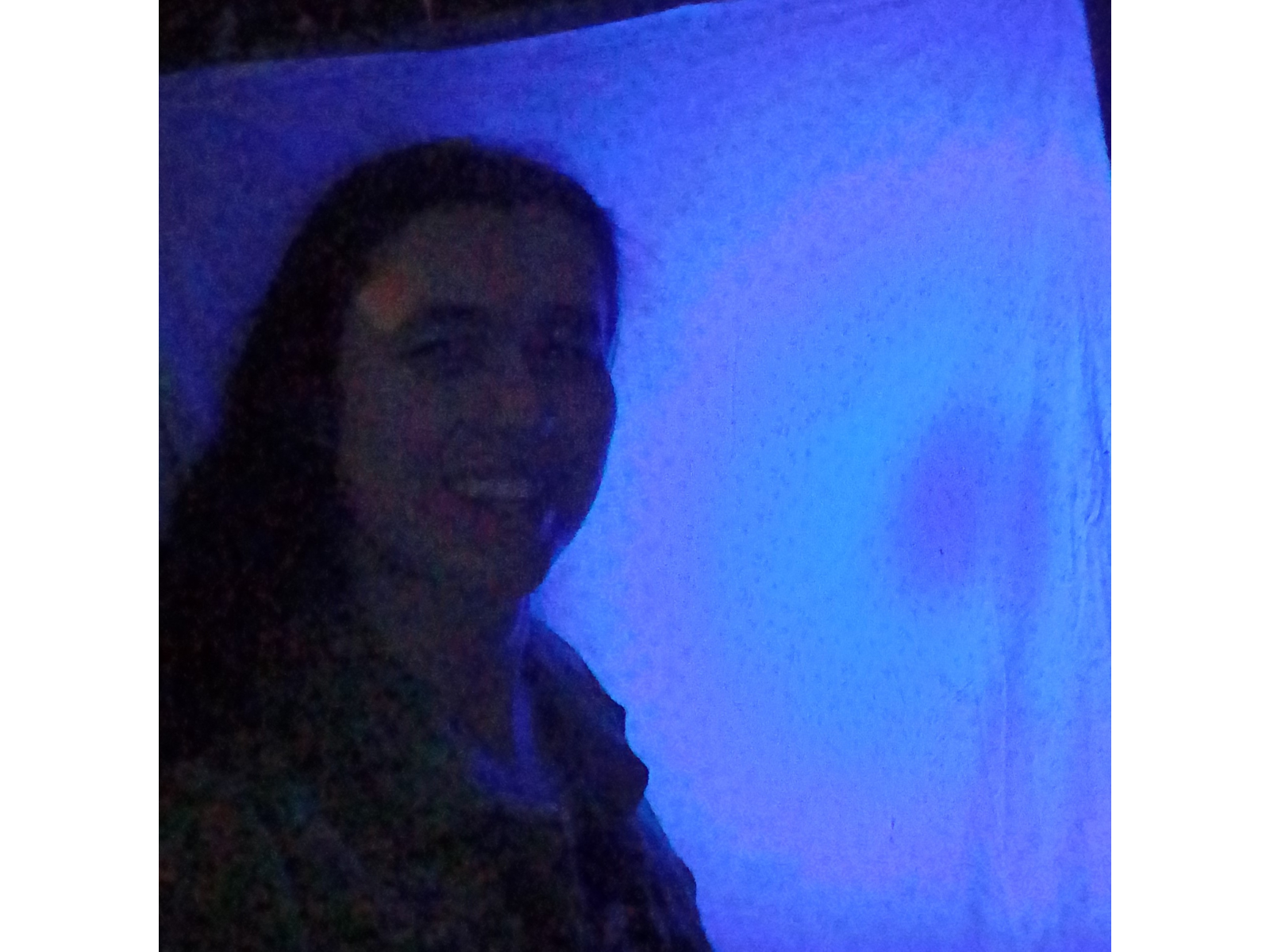Posted on: Friday August 8, 2025
By Amelia Fay, Curator of Anthropology and HBC Museum Collections
Summertime is when many folks travel to visit family and friends, or just to have a nice vacation away from their regular routine. If you’re like me, when planning a trip you make time to check out the local museums, but even when you travel far, you might still see some belongings, artifacts, or specimens from your Manitoba Museum. Like many museums, we have a robust loans program where our collection travels across Canada (and even internationally!) for community engagement, research, or to be featured in exhibitions at other museums.
Summertime is when many folks travel to visit family and friends, or just to have a nice vacation away from their regular routine. If you’re like me, when planning a trip you make time to check out the local museums, but even when you travel far, you might still see some belongings, artifacts, or specimens from your Manitoba Museum. Like many museums, we have a robust loans program where our collection travels across Canada (and even internationally!) for community engagement, research, or to be featured in exhibitions at other museums.
From the collections I curate, Anthropology and HBC, some very significant belongings are currently on display in two exhibitions at the Museum of Anthropology (MOA) in Vancouver.

Helen Schooner’s (nee Housty) potlatch hat (HBC 57-1) and speaker’s staff (HBC 57-2-A).

Nuxalk community members interact with belongings from the HBC Museum Collection in the Nuxalk Strong exhibition.

A Nuu-chah-nulth thunderbird rattle from the HBC Museum Collection (HBC 995) on display in the In a Different Light exhibition.
In A Different Light: Reflecting on Northwest Coast Art includes two rattles made by Haida and Nuu-chah-nulth artists.
Nuxalk Strong: Dancing Down the Eyelashes of the Sun includes a potlatch hat that was on permanent display in the HBC Gallery and a speaker’s staff that belonged to Helen Housty, a prominent woman from the Heiltsuk Nation who married Staltmc Samson Schooner of the Nuxalk Nation.
I had the honour of attending the opening of the Nuxalk Strong exhibition back in February and it was incredible to witness visitors reconnecting with their belongings from other institutions like ours.
Wherever you’re headed this summer, I hope you make museums part of your trip. If you see any belongings, artifacts, or specimens from the Manitoba Museum, share a picture with us on social media. We love seeing our collections reach new audiences near and far!
Staycation with us! Plan your Summer @ the Manitoba Museum visit today.






